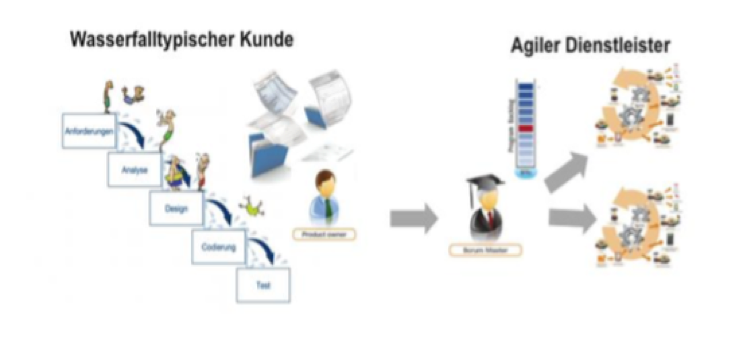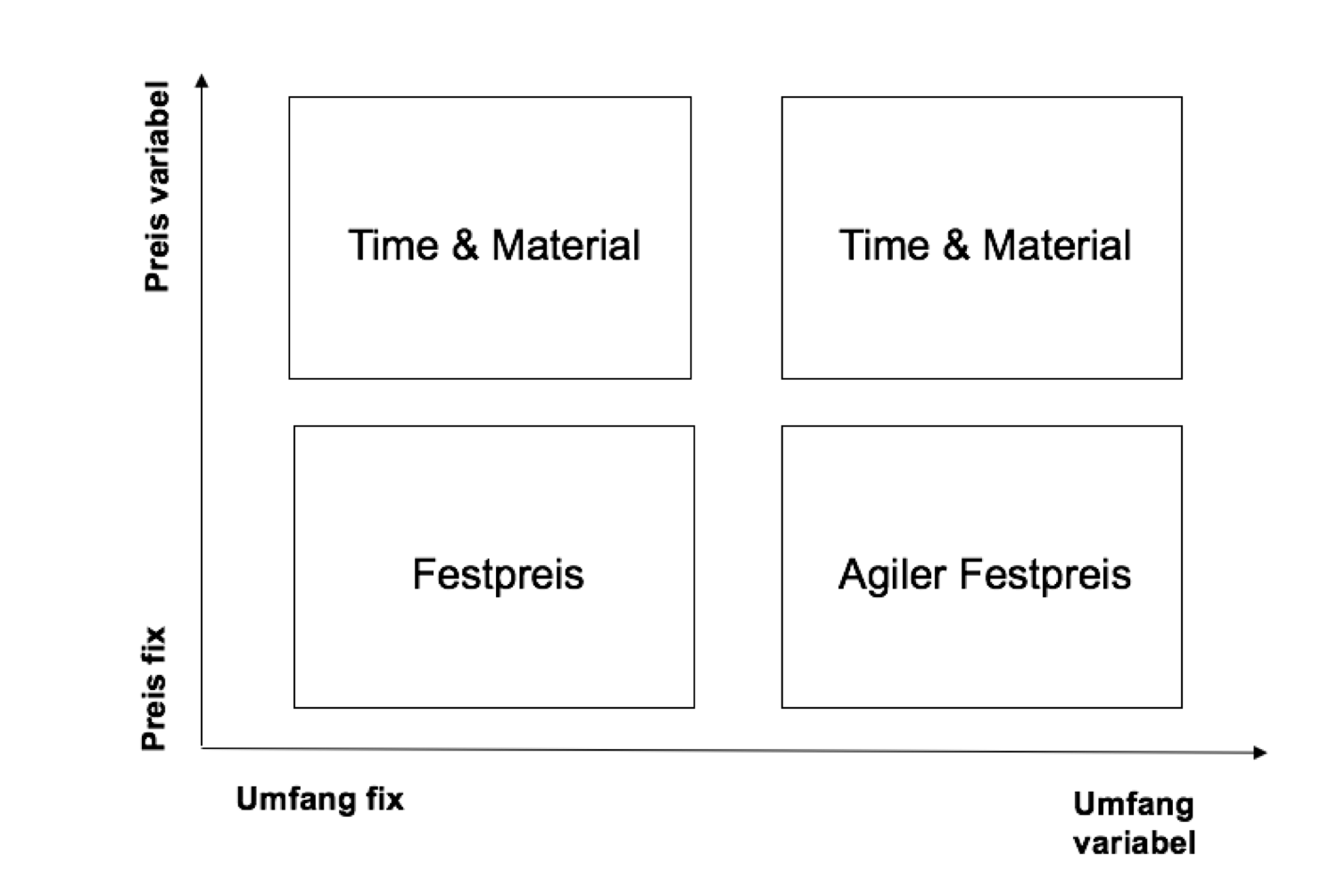Agility has long been a fundamental part of IT and there is actually no more non-agile software development. Agility is now also expanding outside of IT. A related article about agile departments outside of IT already exist. But since agility was established, the question has often arisen: What will “Beyond Agile” come up with?
Agile in the Waterfallworld

In my Master thesis (Lindner 2015, p. 24) I have already researched the initial situation of agile departments and found that an IT department often has to react flexibly to typical waterfall customers and that agility stops after IT. In the current research project a year later, I notice that agility is slowly leaving IT. But IT departments will still have to react flexibly to each customer. So this has to be an important trait of the next level of agility. You can find a whitepaper: Agile team teams in waterfall organizations free to download in my blog.
Antifragility and Resilience

Resilience is defined as the ability to have a high level of resilience. In recent years, resilience has been described as one of the most important characteristics of an IT department. The representation based on Bargstedt et al. (2015, p. 279) shows exactly how B. after a server failure, the system is restored as quickly as possible and you even emerge strengthened from such a failure. This could be done in the form of a retrospective. This collective mindfulness and the possibility to briefly dissolve a current form of organization are the signs of good and healthy resilience.
Taleb (2013, p. 1) shows in his book that everything man-made is fragile and could be permanently redesigned. Events that cannot be planned, ie “black swans”, are an ever-increasing dilemma in IT and demand resilience from all those involved. Because, as is well known, an agile team has to save the world anew every day and often use “magic” to do so.
I also have a really successful one Presentation on Slideshare found. It is currently one of many presentations that the abstract approach of anti-fragility as “Beyond Agile”.
Agile fixed price

Gloger & et al. (2012, p. 32) published their book “The agile fixed price” a framework for drafting contracts for agile software development. This setting of the time and budget for agile projects has been well received by the IT scene. However, the implementation is still difficult, since customers typical of waterfalls are still too happy to specify the software precisely in order to then want to change it again and again. For “Beyond Agile” I would especially like more agile fixed prices.
HR and agile software development

Skilled workers! Specialists are called for everywhere, especially in software development. Because of this, HR will play an important role in HR. The question is not how I find developers for my agile software development, but how I find the real agile software developer. How do I reach this person, where is they and, above all, how do I keep them with me in the company? I already have a detailed article about agile HR written here on the blog, which deepens all points in this paragraph. After agility, one approach will definitely be to offer developers new and exciting career paths such as junior scrum masters and also new challenges for the product owner. The illustration is from Gloger & Häusling (2011, p. 89) .
Hybrid Agile?

Or will Scrum mix with other methods in the near future? Will state-of-the-art hybrid models shape modern companies and the “Beyond Agile” trend? The following concept also comes from my master’s thesis (Lindner 2015, p. 91). All departments are constantly tipping in new requirements. A Requrements Engineer writes user stories and the user stories are processed either by a Kanban team or an agile team. In the case of smaller and unrelated user stories, the Kanban team consistently delivered the best results. The scrum team planned larger projects. The employees could also be exchanged between the two teams as often as desired. We also coordinated larger projects with a steering committee and obtained the necessary resources or budgets in good time. Despite many methods, we had harmony in our IT department.
Beyond Agile?
I have one for this answer Blog article by Boris Gloger found. He’s talking about Scrum 3.0 here. So says Boris: Scrum has evolved. A management framework, an attitude, an approach that can be used to control entire companies. Scrum has become the de facto standard in the agile project management landscape and we know today how cross-functional, multidisciplinary teams can work across continents in software and hardware development.
Boris Gloger also has an answer to the question of what Scrum 3.0 is. He says: Scrum 3.0 no longer includes what was in Scrum 1.0. Today we can no longer tell the old camels, because over the years they have proven to be non-functional. In addition, the possibilities have changed. He formulates some facts about this, of which I would like to present 10 selected ones. He says: Scrum 3.0 knows today
- that there is such a thing as “flow”,
- that you also need the skills to work with Scrum,
- that remote working is no longer evil,
- that of course we want to make fixed prices,
- we focus on improving one thing
- We know that agile scaling will certainly not work with the next models (although it can be sold well), but only succeeds if the architecture allows it and that
- the developers need to have the skills to do all of this.
Bargstedt, U., Horn, G., & Vegten, A. van (2015). Strengthening resilience in organizations: preventing and coping with critical situations . Oberhaching: Publishing house for police science.
Gloger, B., & Häusling, A. (2011). Successful with Scrum – the influencing factor of human resource management: Finding and retaining employees in agile companies . Munich: Carl Hanser Verlag GmbH & Co. KG.
Gloger, B., Opelt, A., Pfarl, W., & Mittermayr, R. (2012). The agile fixed price . Munich: Carl Hanser Verlag GmbH & Co. KG.
Lindner, D. (2015). Agile in the Waterfallworld . University of Erlangen-Nuremberg .
Taleb, N. (2013). Antifragility: Instructions for a World We Don’t Understand . Munich: Albrecht Knaus Verlag.



